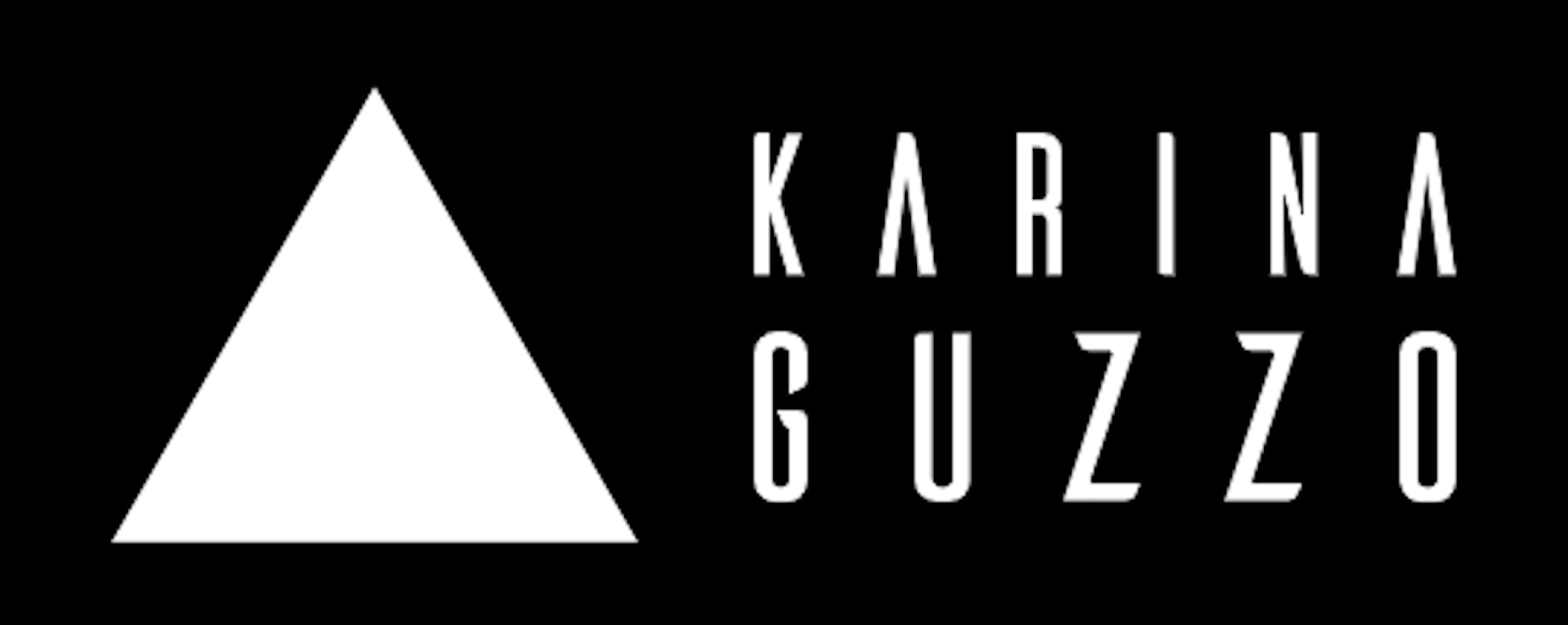Whenever I am asked about what attracts me the most and what I enjoy doing the most in the P&C field, and I respond that it is with organizational culture strategy, I can see the question mark forming in the person’s mind.

Unfortunately, there is no formal and popular designation for this role – culture strategist – but I see how much it would benefit if we could formally create this role within the P&C area, identifying and developing individuals who truly connect with the challenges of this position.
This role is particularly important in times of transition: mergers between companies, new products, AI transition, new market positioning, or simply because the company has decided that a culture change is interesting for the business.
But after all, what would an organizational culture strategist be?
Starting from the beginning, what is organizational culture?
There are several significant elements involved in organizational culture; according to Edgar Schein (1985), there are three levels of organizational culture: artefacts, shared values, and basic assumptions. Each of them plays a different role:
Artefacts: These are the most visible and tangible elements of culture, including physical architecture, rituals, symbols, language, and attire. For example, formal company policies, office layout, or even celebration rituals. This is the most superficial element, easy to change, and has little to do with the real CORE of the culture.
Shared Values: In addition to visible artefacts, Schein highlights shared values, representing the beliefs and norms considered important by organization members. These influence behaviour and decisions, noticeable in the company’s priorities, such as emphasis on innovation, quality, or collaboration. For instance, in a company that strongly values “Social Responsibility,” employees regularly participate in local volunteer initiatives, fostering an environment where community engagement is a common practice. This culture is reflected in daily actions, such as organizing charitable events and integrating ethical values into business decisions, demonstrating the company’s commitment to social responsibility (Schein, 1985).
Basic Assumptions: This deeper level encompasses underlying and unconscious assumptions that guide the thinking and actions of organization members. These assumptions are often so internalized that people may not even be aware of them. Examples include beliefs about the nature of work, the relationship with authority, or the vision of success. In an organization where the basic assumption is “Mutual Trust,” team members operate with the fundamental assumption that everyone shares a commitment to integrity and collaboration. This is reflected in open communications, delegation of responsibilities, and a willingness to take calculated risks, as everyone operates from the underlying belief that colleagues will act ethically and in alignment with the company’s goals (Schein, 1985).
Therefore, an organizational culture strategist works on managing these elements of culture:
- Artefacts:
- Evaluates and manages the sensory elements of the organization, such as office architecture, language used in internal communications, rituals, and symbols present, as well as Policies and Procedures. Do these artefacts align with the culture we want to adopt?
- Evaluates and manages the sensory elements of the organization, such as office architecture, language used in internal communications, rituals, and symbols present, as well as Policies and Procedures. Do these artefacts align with the culture we want to adopt?
- Shared Values:
- Communication and Feedback: Evaluates and manages how the company’s values are communicated and reinforced, whether through meetings, training, or feedback. The mode here is particularly important because it reveals many non-obvious values of an organization. In addition to communication, systems, and parameters of Rewards and Recognition are great signals and indicators of how the deeper values of culture are multiplied.
- Communication and Feedback: Evaluates and manages how the company’s values are communicated and reinforced, whether through meetings, training, or feedback. The mode here is particularly important because it reveals many non-obvious values of an organization. In addition to communication, systems, and parameters of Rewards and Recognition are great signals and indicators of how the deeper values of culture are multiplied.
- Basic Assumptions:
- Observation of Behaviour: Analyses the daily behaviour of organization members to identify patterns that reveal underlying assumptions, such as openness to innovation, trust in teams, etc. How are problems solved? How is decision-making in non-obvious situations? – especially when there is no standard and preconceived answer.
A well-designed organizational culture strategy encompasses every point where the employee interacts. Therefore, it is essential to map the employee journey and how we can reflect the values we want at every touchpoint. From the initial approach in a recruitment and selection process to the moment of departure. All these stages are opportunities to reinforce and multiply the culture we would like to adopt.
A culture strategist goes through all areas, revisiting processes, routines, and approaches. They also train people and monitor progress. It is not a quick process because it involves behaviour change and the creation of new shared values, taking time, mostly years. But it is a manageable process, subject to intervention when done with intentionality, strategy, and a systemic vision.

